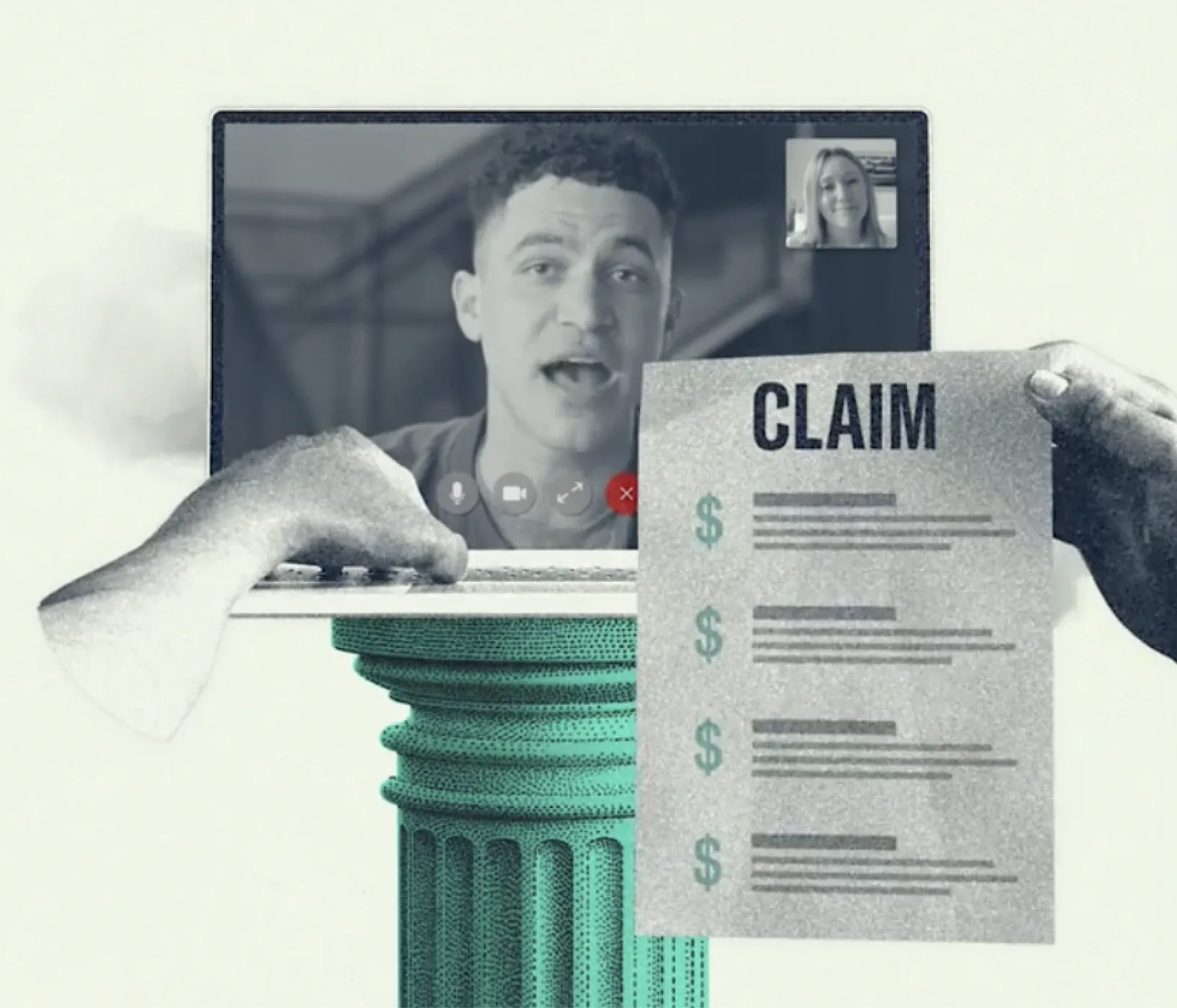How Much Business Property Insurance Do I Need?



When it comes to protecting your business, soemtimes the biggest mistake you can make is buying too little coverage.
Business Property Insurance is designed to help you rebuild or replace what’s lost in a covered event. But if your policy limits don’t reflect the true value of your assets, you could end up paying a significant portion out of pocket when you need protection the most. Here’s how to determine the right amount of coverage for your business without overpaying or leaving costly gaps.
Key Takeaways
- Base limits on total replacement cost, not market value.
- Update coverage each year for inflation, new assets, or expansion.
- The right limits help you rebuild fast and stay operational after a loss.
Start with What You Own
The best way to estimate your coverage needs is to make a complete inventory of your physical assets. Think about everything your business relies on to operate:
- Buildings and structures: If you own your space, estimate what it would cost to rebuild it today using current material and labor rates.
- Business personal property: Furniture, computers, equipment, tools, and inventory.
- Leasehold improvements: Interior upgrades like lighting, fixtures, or built-ins that you’ve paid for as a tenant.
- Outdoor property: Signs, fencing, or landscaping that could need repair after a loss.
The goal isn’t to estimate market value but to calculate replacement cost. That’s the amount you’d need to buy new items or rebuild structures at current prices.
Understand Replacement Cost vs. Actual Cash Value
How your policy values property matters as much as how much you insure it for.
- Replacement Cost (RC): Covers the full cost to replace damaged property with new items of similar kind and quality—no depreciation applied.
- Actual Cash Value (ACV): Pays only what the property was worth at the time of loss, factoring in wear and tear.
While Replacement Cost coverage costs more, it allows for a full recovery after a loss without dipping into your capital. For most growing companies, it’s the smarter, more predictable choice. Vouch can help you determine which valuation method best fits your business model and risk tolerance.
Account for Inflation and Rising Construction Costs
Construction and equipment costs have risen significantly in recent years. If your policy hasn’t been updated, your coverage may already fall short. To avoid that, review your insured values at least once a year. Many insurers, including Vouch’s carrier partners, offer inflation guard endorsements that automatically increase coverage limits to keep pace with rising costs.
Avoid the Coinsurance Trap
Most property insurance policies include a coinsurance clause, which requires you to insure your property for a minimum percentage of its total replacement value. If you fall below that threshold, your insurer may reduce your claim payout.
For example, if your property is worth $1 million but insured for only $500,000, a $100,000 loss could result in just a $50,000 payout. To avoid penalties, insure close to 100% of replacement value and keep valuations current.
Factor in Business Interruption Coverage
Business Property Insurance repairs physical damage, but it doesn’t cover lost income while you’re rebuilding.
That’s where Business Interruption (Income) Coverage comes in. It helps replace lost revenue and ongoing expenses (like payroll, rent, and loan payments) during downtime caused by a covered loss. When choosing limits, estimate how long it would realistically take your business to recover—typically 6, 12, or 18 months—and align your coverage period accordingly.
Consider Special Situations
Some companies have unique risks that require additional attention:
- High-value equipment: If a single machine or lab instrument would be costly to replace, make sure it’s specifically listed or scheduled on your policy.
- Seasonal inventory: Retailers or manufacturers with fluctuating stock levels can add peak season endorsements that automatically increase limits during busy months.
- Remote work setups: Company-owned laptops and devices used off-site should be protected with off-premises or Work From Anywhere coverage. Vouch can help add this extension.
- Lender or investor requirements: Many loans and board agreements specify minimum coverage thresholds. Ensure your policy meets those standards.
Your insurance advisor can help tailor your policy and endorsements to your company’s unique operations.
Review Annually and Adjust as You Grow
Your business isn’t static, and your insurance shouldn’t be either. Expanding to a new office, purchasing new equipment, or hiring remote teams are all reasons to review your coverage. Even without major changes, an annual insurance checkup with your broker or advisor ensures your limits, valuations, and endorsements evolve alongside your growth.
Getting to “Enough” Coverage
The right amount of Business Property Insurance is the amount that lets you rebuild, replace, and resume without hesitation.
To recap:
- Start with replacement cost, not market value.
- Insure at least 80–100% of total value to avoid penalties.
- Include Business Interruption Coverage to protect income during downtime.
- Review annually to keep pace with inflation and growth.
A little preparation now ensures you won’t be left underinsured when the unexpected happens, and helps your business bounce back faster when it does.
Learn More
Explore the rest of our guide series:
- Understanding Business Property Insurance
- What Does Business Property Insurance Cover?
- How Much Does Business Property Insurance Cost?
Vouch Specialty Insurance Services, LLC (CA License #6004944) is a licensed insurance producer in states where it conducts business. A complete list of state licenses is available at vouch.us/legal/licenses. Insurance products are underwritten by various insurance carriers, not by Vouch. This material is for informational purposes only and does not create a binding contract or alter policy terms. Coverage availability, terms, and conditions vary by state and are subject to underwriting review and approval.




